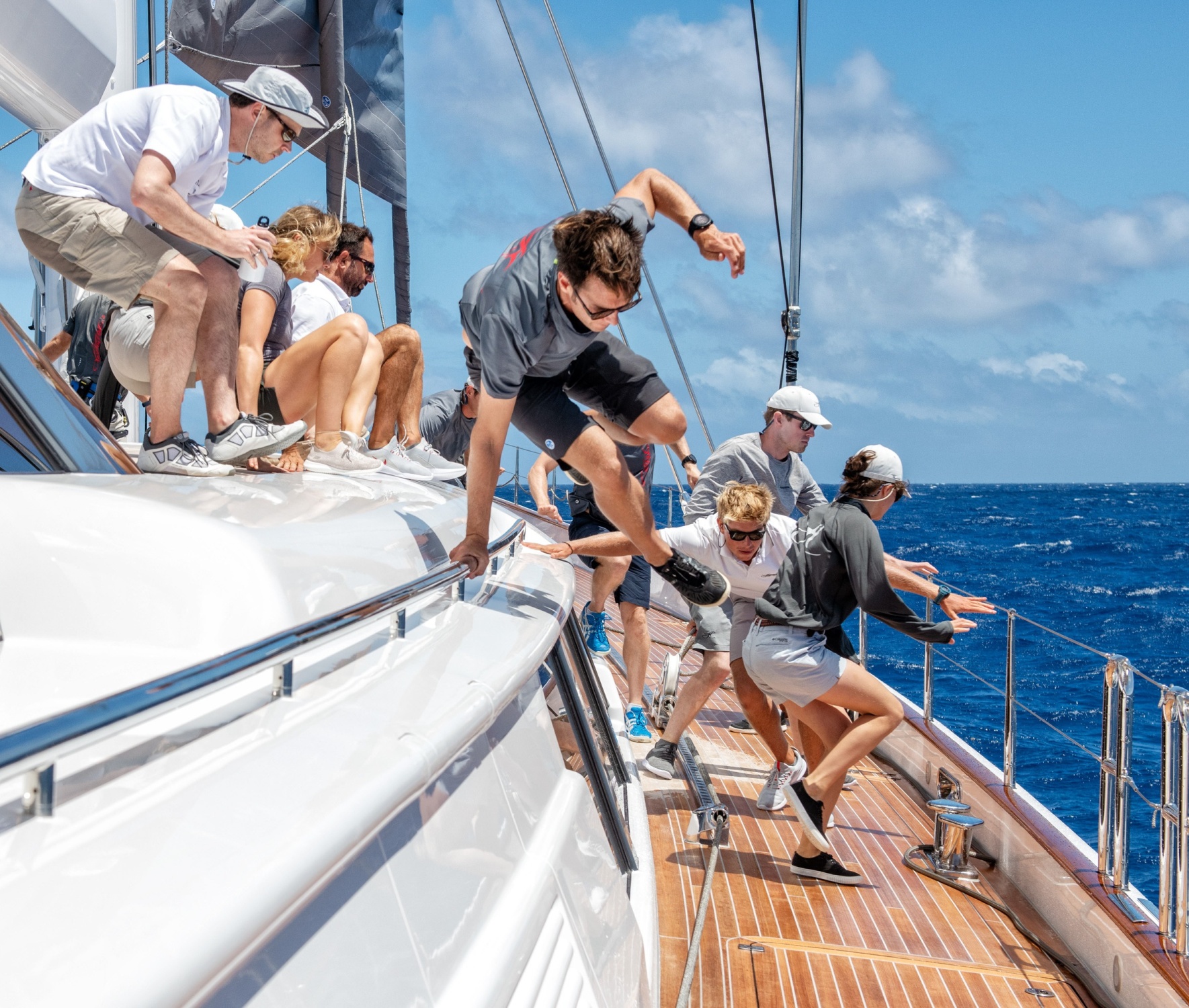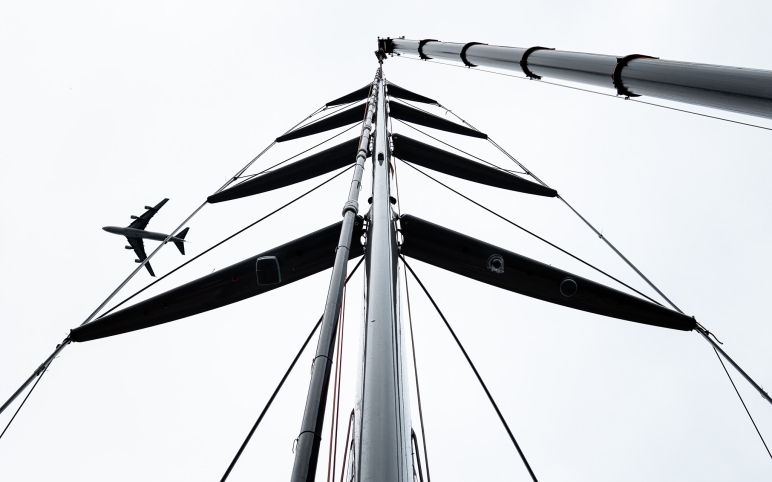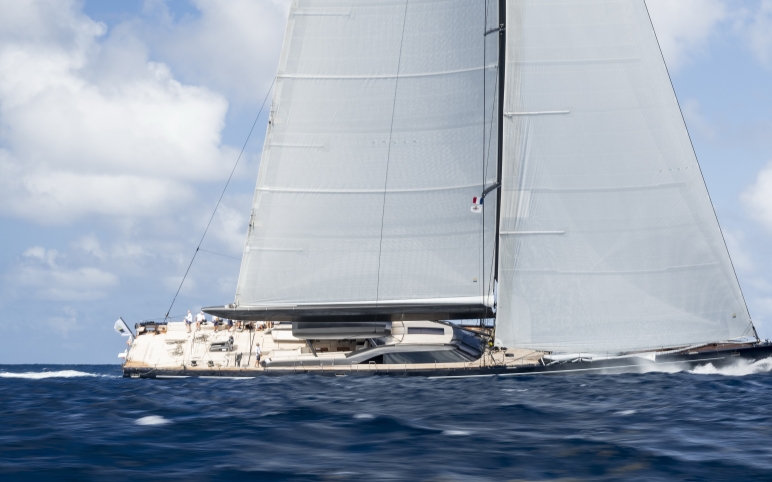Will the need for carbon-free transportation return commercial ships to wind power, or at least wind-assisted propulsion? Rondal believes there is a good possibility that wind-assisted ships are the wave of the future and it intends to be ready with various design and engineering plans that would feature its components. The impetus for this development is the IMO goal of a 40% reduction in greenhouse gas emissions for the shipping industry by 2030. The IMO, many Flag States and Class have all signaled they believe wind can become a viable propulsion method, especially for retrofitting existing ships.
Wim Mooiweer is one of Rondal’s Sales Managers and WASP is one of his areas of expertise. “WASP means Wind- Assisted Ship Propulsion”, explains Mooiweer. “Right now, the market is very small – there are just 25 commercial ships operating with some kind of wind assist. There are several under construction and the market is expected to double in the coming period.” "Rondal is focussing on using composites or aluminum for either rig structures or hard wing sails and building prototypes for various parties". He said. Rondal is not gearing up to produce the huge structures that will be needed to power merchant ships. Instead, it is focusing on developing the technology for others. “We are very involved with some of the leading design houses”, Mooiweer said, adding the research is on both stayed and unstayed rigs.
The variety of WASP systems being discussed by designers and owners around the globe is fascinating and in large measure depends on the size and shape of vessel underneath the sails and where it will be operating. Rondal’s interest in WASP technology goes back to the Rainbow Warrior II rig in 2011, which Rondal supplied. “We have been exploring rotor sails, soft wings, hard wings, soft sails, aero rig types, and Dyna rigs. There is a huge amount of noise in the industry now, but not a lot of stepping up. The reality is that it needs to be a priority,” Mooiweer says.
After running simulation and numbers of several design styles, Rondal’s engineers project that a wind-assisted ship running on a course from
Hamburg to Helsinki (which would be mostly beam winds) could reduce diesel fuel use by 30%. A crossing from Europe to the US could see from as little as 4-5% savings to as much as 50% depending on route and weather. “We want to use our expertise in developing large rigs to form strategic partnerships for WASP products”, said Mooiweer. “We think there is a possibility for synergy there.”



.jpg?resolution=1920x1080&quality=100)
.jpg&resolution=772x482&quality=100)

